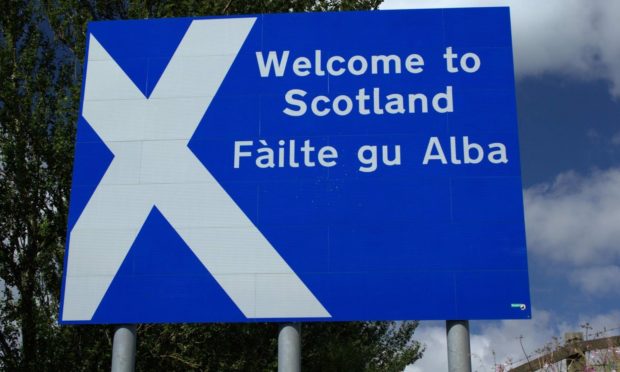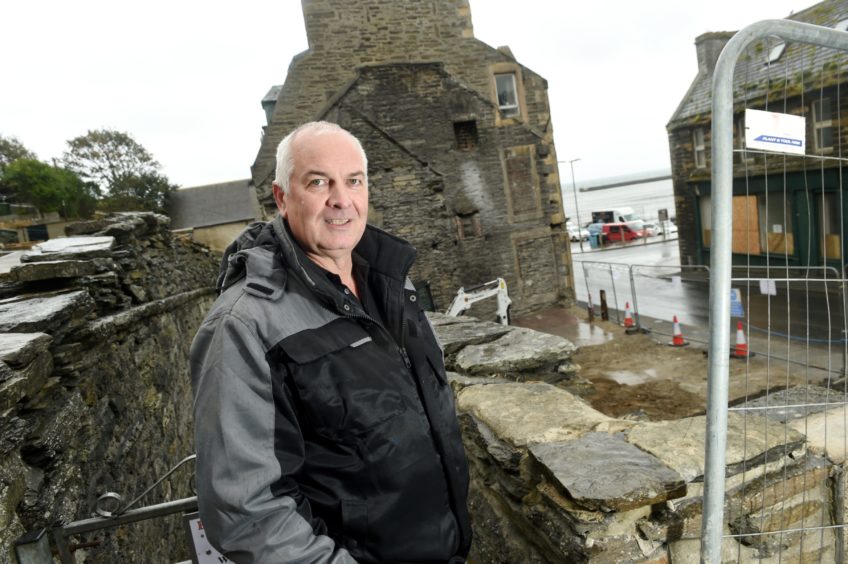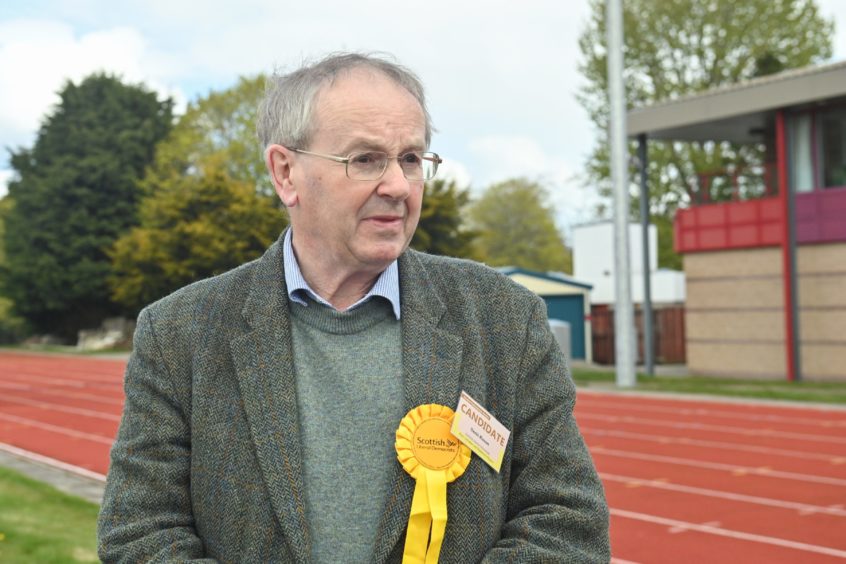Tentative councillors have agreed changes to bilingual signage at Highland Council’s Gaelic committee.
Recognising the strength of public opinion on this issue, councillors Raymond Bremner and Denis Rixson both said they felt like “chickens in a minefield” discussing the report.
The subject appears tame – a simple refresh of a bilingual signage policy that was agreed in 2010. However, it’s no easy task to honour the linguistic changes of a local area over a period of history at the same time as producing clear, informative signage.
‘If it’s in Gaelic highlight that it’s in Gaelic, and stuff the English’
Currently, bilingual signs are presented with the Gaelic form in green type, above the English in white type. This design format applies to both road signs and street signs.
The report proposed following the same process in replacing signs for rivers and other natural features across Highland.
However, on the rare occasions where the Gaelic and English place names are exactly the same, officers suggested still including both translations. This was recommended to maintain design symmetry and clearly show the two forms.
Mr Bremner challenged the idea. “If it’s a Gaelic name it should be in Gaelic and that’s it,” he said, adding: “That will go down like a lead balloon with some folks.”
Mr Bremner continued: “Where there’s the same spelling would it not make sense to have the one name… If it’s in Gaelic highlight that it’s in Gaelic, and stuff the English as far as that’s concerned.”
However, officers countered that providing both versions “gives both languages their place” and stressed that it’s very rare for two translations to be identical.
Wriggle room
Other proposed changes were more readily agreed, such as the requirement that all new signage should come back to the council for proof reading.
Mr Rixson said that at least three road signs in his ward were misspelled, and had to be placed in obscure positions to avoid notice.
Highlighting the difficulty in untangling Gaelic, Norse and Pictish influences in place names, Mr Rixson added: “Academics spend a lot of time grappling with this so we should give ourselves plenty of wriggle room here.”
Wriggle room is also an important element of the policy around street name signage, which was changed in 2009 to allow community councils to opt for monolingual signage.
This discretion will be protected, but the new policy states that communities will be ‘encouraged’ to adopt bilingual signage. Some community councils choose monolingual signage simply to match existing signs in the area, and the council wants to be better informed of when and why this decision is made.
Other, minor, changes – such as bilingual voiceovers in lifts and bilingual plaques on public buildings – were agreed by members.
In response to a question from Mr Bremner, officers confirmed that the policy changes would not cost more, because signs would simply be replaced as and when needed.


